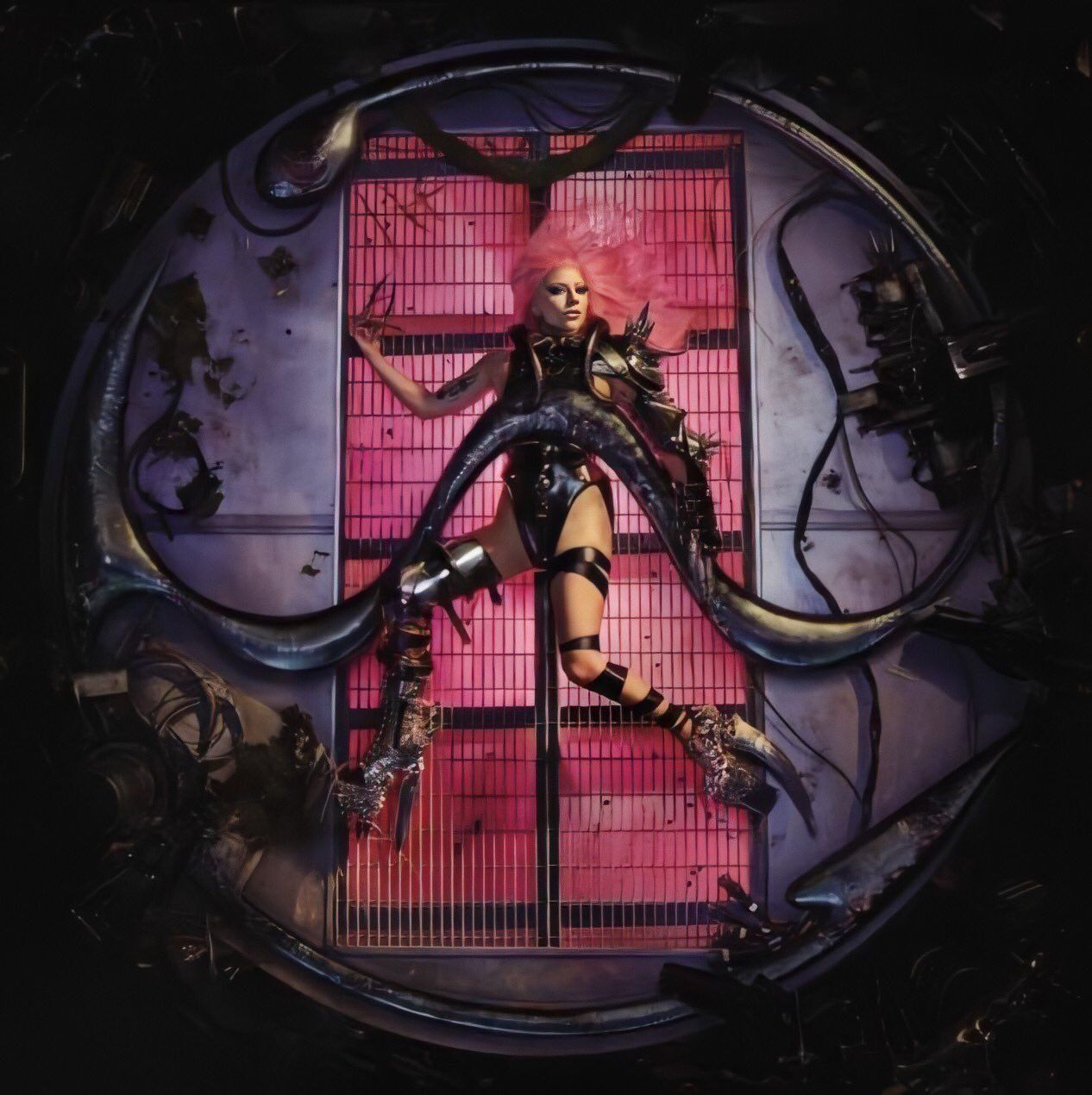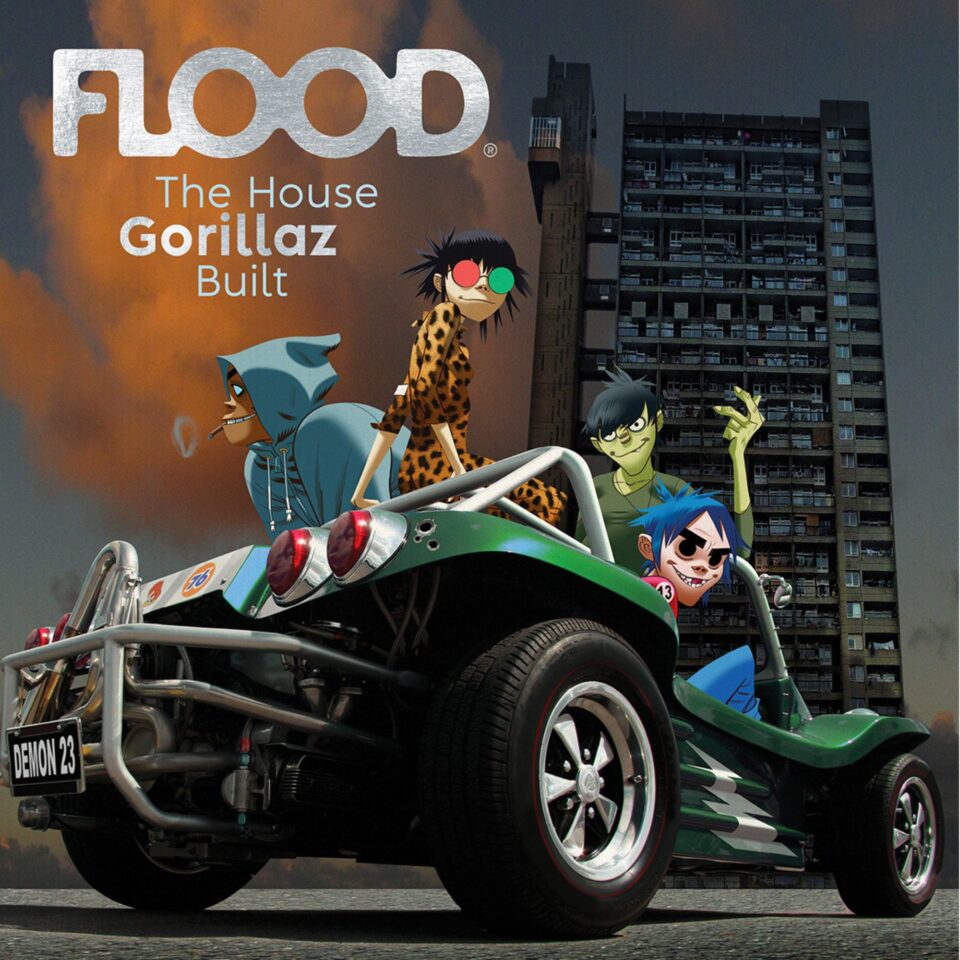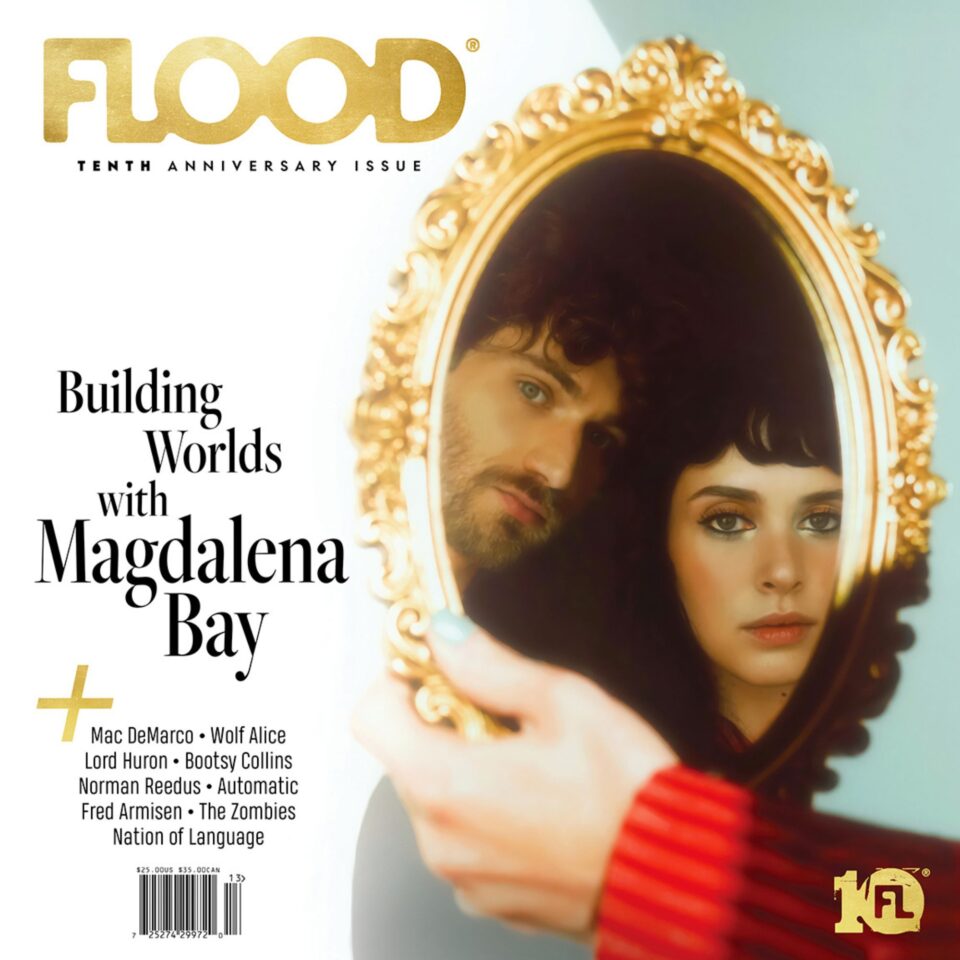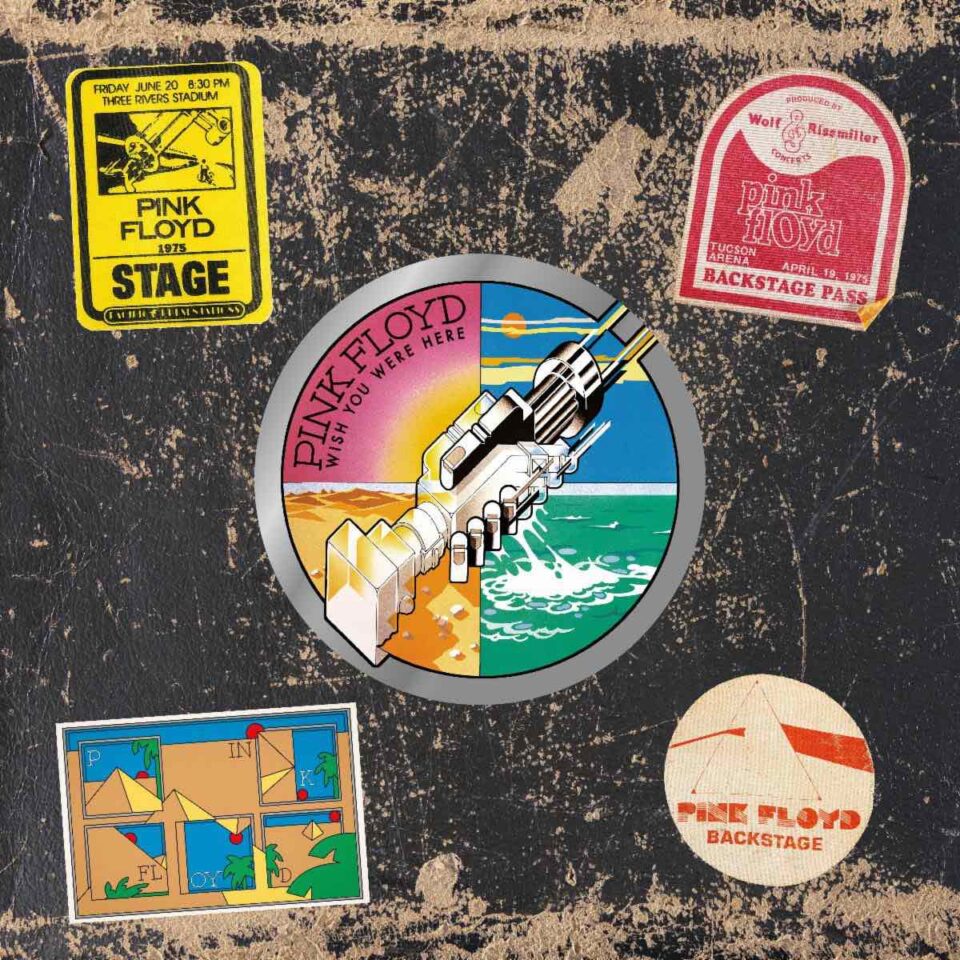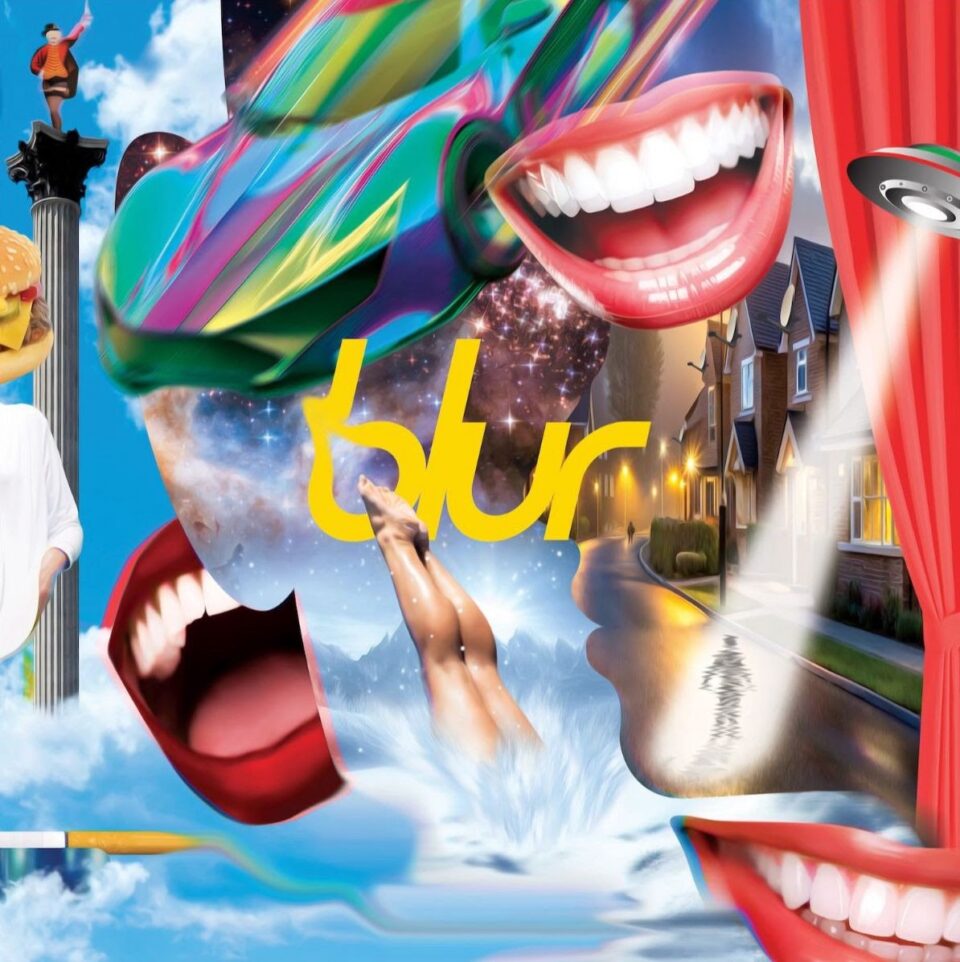 Lady Gaga
Lady Gaga
Chromatica
STREAMLINE/INTERSCOPE
6/10
“I will do whatever it takes to make the world dance and smile.” That’s what Lady Gaga said to Paper Magazine back in March, the prehistoric days before COVID-19, before quarantines and stay-in-place orders, before the murders of George Floyd and Ahmaud Arbery. Such innocence. Welcome to Chromatica, a prance-trance-y, feel-good state of mind.
Who else, today, would end an album by telling start-of-the-world revelers to commence dance-action on the “Vogue” sound-alike, “Babylon,” (“We can party like it’s B.C.”), with a feeling of light-headed giddiness? Perhaps this is a reaction against—or a consideration of—the weight of angst and abuse wrought through previous albums, such as the electro Artpop, or the singer-songwriter-y Joanne and soft-rocking A Star Is Born soundtrack. But still, there is light.
To that end, to toss off the shackles of anxiety and hurt, to free her mind so that her ass would follow, Chromatica takes artist and audience back to the finicky, foppish caba-theatrical dance-pop of 2008’s debut The Fame. As far as sonics go, the sheen of contagious ’90s tech-house on the new album bathes Gaga’s elastic voice and supple melodies in something of a luster you don’t hear in twenty-first century production, for better and worse.
Blame Gaga and her principle co-producer BloodPop, as well as Ely Rise, Axwell, Max Martin, Skrillex, and more for alerting Chromatica to friendly blue, stinging synth strings, and roasted red electro rhythms, all of which put the “hi” in hi-NRG. That same sound is what brought bubblegum dance-pop and serious EDM heads to her doorstep in the first place, and the bangers throughout Chromatica threaten to pummel bass bins everywhere.
While the sound is impeccable, and its mix of upbeat and melancholy melodies graceful and contagious, the songs often seem as if they were written to guarantee airplay—hence, the connection of Gaga to Ariana Grande (“Rain on Me”) and BLACKPINK (“Sour Candy”) as part of Chromatica’s universal connectivity. We knew that Gaga’s sixth solo album would bathe her in issues of inclusivity—good—but did it have to make her sound like part of the crowd, make her seem so ordinary? Say what you will about Joanne and its country influences, but it sounded individualistic as hell.
Gaga’s hearty, rich vocal tones will always save her and be something to savor, and they are again on Chromatica. “Free Woman” has a stadium anthem’s chorus, and an empowered plea to not be defined by issues of assault, and her voice encompasses every ounce of stateliness and passion. “Alice” is theatrical and psychedelic in its vocal heights. Yet dumb lyrics (“Maestro, play me your symphony / I will listen to anything / Take me on a trip, DJ, free my mind”) weigh down much of a smart album.
Ultimately, Chromatica is a damn good—not great—album with many imaginative touches. But after the crowning crowd achievement of A Star Is Born, Gaga could have gone anywhere and done anything while re-approaching her synth-pop past. With that, Chromatica just feels as if Lady Gaga is treading icy water, rather than walking on it.

